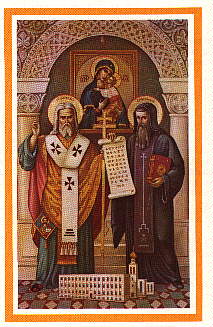I found this
article on MSN.com by
Rabbi Marc Gellman where he offers observations on the TV characters Scotty, Gilligan and Fife, and bids "farewell to the actors who portrayed them."
"They are James Doohan, who played Scotty on Star Trek, Bob Denver who played Gilligan on Gilligan's Island, and Don Knotts who played Deputy Sheriff Barney Fife on The Andy Griffith Show."Scotty represents all of us who are constantly asked to do the impossible and to meet unreasonable deadlines by bosses who just don't understand that you can't run engines at warp speed after Klingons have blasted the engine room.
"Gilligan represents all of us who are congenitally happy despite our circumstances? Even though they were marooned on an island which nevertheless seemed to provide them with new clothes and new sets every week, Gilligan's choice was always to see things in a positive and hopeful light
"Don Knotts as Deputy Fife personified the klutz who is convinced that despite everything he is destined for bigger things. Deputy Fife was all bluster with just one bullet, and that is just like many of us. The bullet is self-confidence. "
Now with the recent passing of Dennis Weaver and Darren McGavin, Gellman could add two more TV characters to this list, Weaver's Sam McCloud and McGavin's Carl Kolchak.
I think that McCloud, a cowboy lawman in New York, was a fish out of water. But while he was out of his element he always remained true to his identity.
Kolchak, a second-rate reporter for a third-rate tabloid, was always after the story, and stuck with the truth he found in the face of ridicule.
Peace to all




